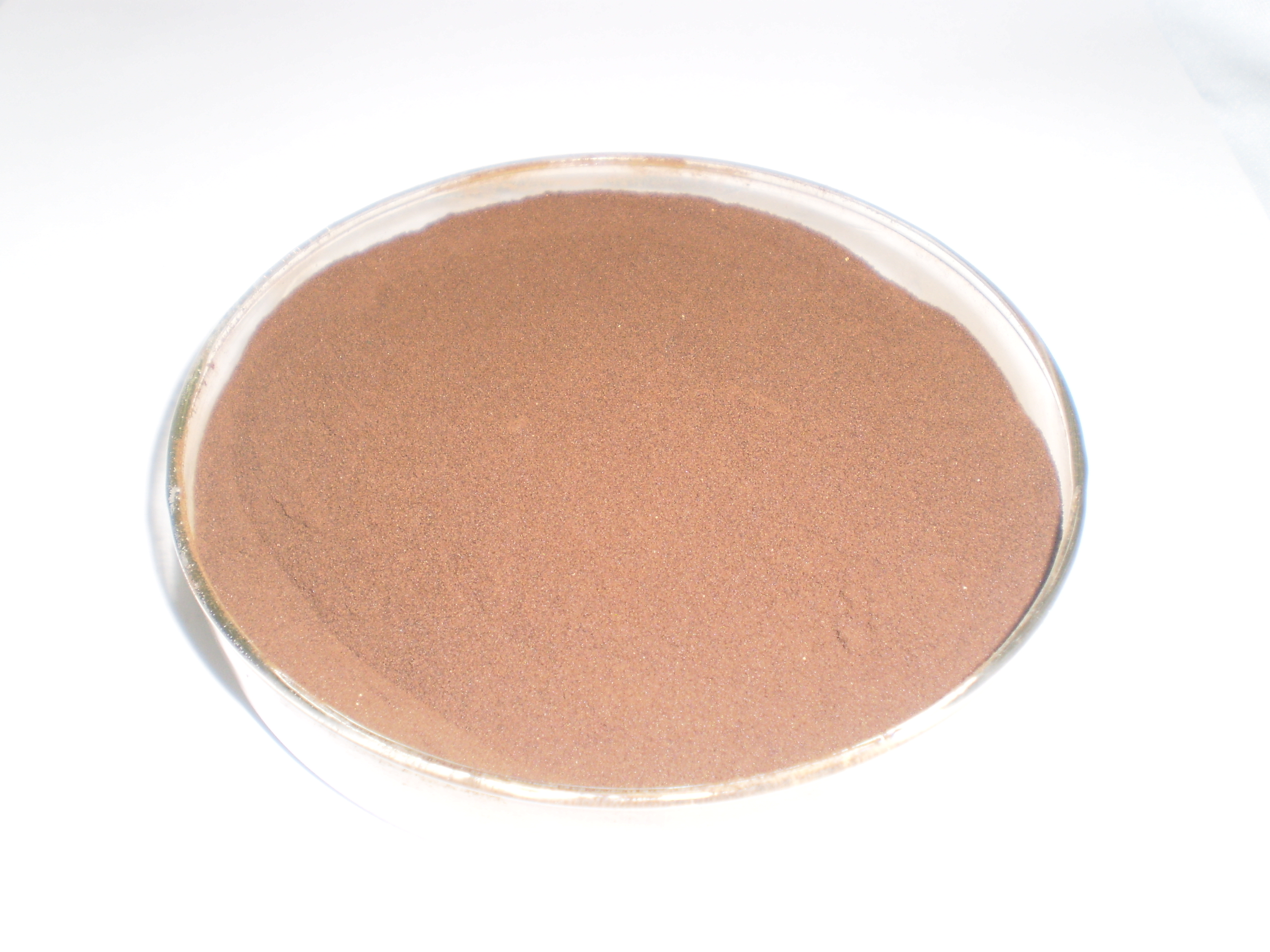Lignosulfonate(Lignosulphonate) are obtained from sulfite pulping processes wherein cellulose is extracted from wood in the pulp industry. The so-called sulfite pulping process involves mixing sulfur dioxide (SO2) with an aqueous solution of base to generate the raw liquor for cooking the wood.
In water, the sulfur dioxide forms sulfurous acid (H2SO3), which degrades and eventually sulfonates the lignin by replacing a hydroxyl group with a sulfonate group, allowing it to be solubilized and separated from the cellulose in nonprecipitated form.
The spent sulfite liquor contains lignosulfonate and sugars, primarily monosaccharides that need to be removed or destroyed so as to permit the lignosulfonate to be used effectively as a water-reducing concrete additive.
Lignosulfonate is also used as a dispersing agent in materials, such as in the production of brick or tile. Another application is as a starting material in the production of chemically modified lignosulfonate, which is used in oil well drilling fluids and dispersion of pigments.
Lignosulfonate is also the most common set retarder for oil well cementing . In recent years, the pulp industry has begun to turn away from the spent acid process in favor of another process that does not have a lignosulfonate by-product. Consequently, there have been efforts to find a substitute for lignosulfonates in building and drilling or borehole operation.
As by-product of the pulping industry, lignosulfonates are of low price and despite their limited performance they find a large field of applications for improving the quality of concrete.
Lignin is part of wood and is, after cellulose, the second most abundant organic molecule on Earth. Wood contains about 20–30% lignin. During sulfite pulping of wood, the lignin is sulfated, the bonds between lignin and the polysaccharides as well as bonds within the lignin are broken, and the molecular weight of the lignin is reduced.
This process renders the molecule water-soluble. The liquid phase separated from the raw pulp contains lignosulfonates, salts, sugars and sugar derivatives (oligomers and monomers from the cellulose and hemicelluloses of wood) and is called ‘spent liquor’. Most of it is burnt for energy production and the recovery of chemicals.
Only a small part is used as a dispersant. Lignosulfonates are highly branched macromolecules and are formed from phenylpropane units connected in a non-regular manner by ether or C–C bonds, the latter between the aromatic rings. The molecular weight of lignosulfonates ranges from 103–106 g/mol.
A schematic drawing of part of the structure of a lignosulfonate is given in Fig. 7.1, which shows possible bonds and substitution pattern in the molecule. Depending on the source of the lignosulfonate (softwood or hardwood) and the pulping and isolation process, a great variety of different types with regard to structural features such as the number of functional groups, degree of sulfonation, molecular weight and counter ions are available.

